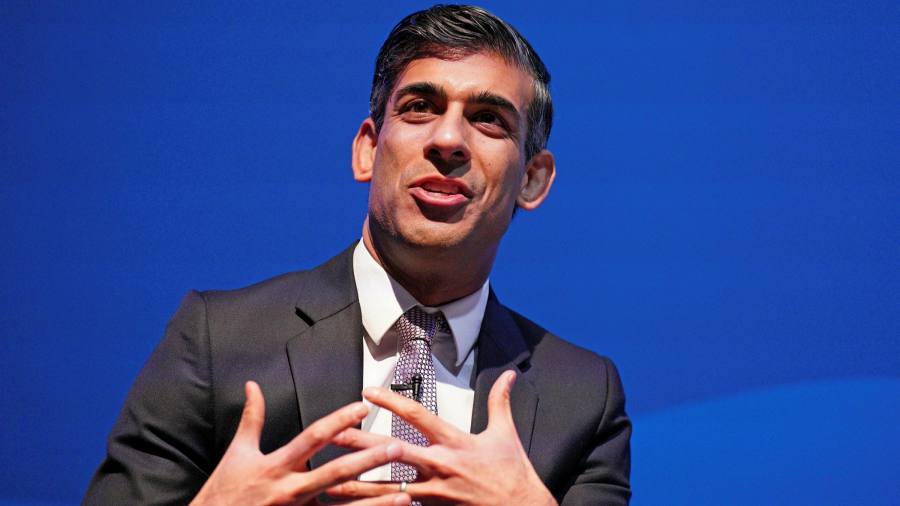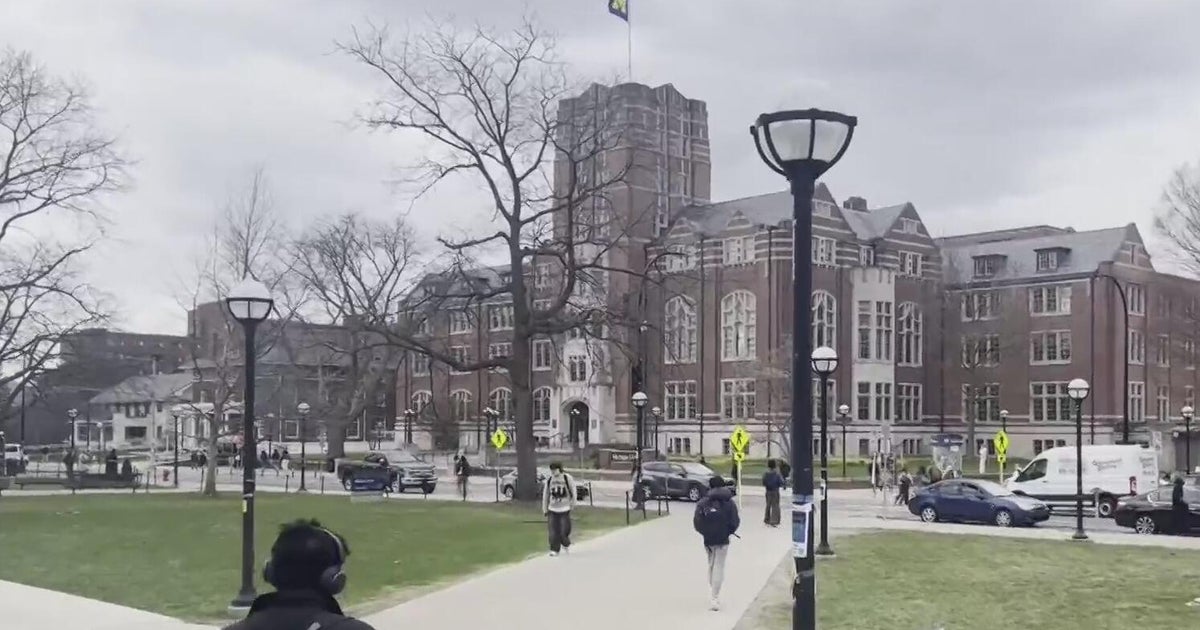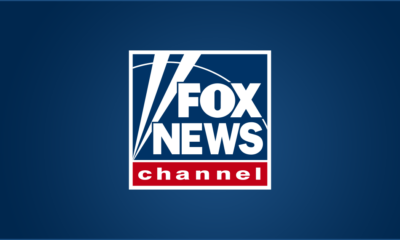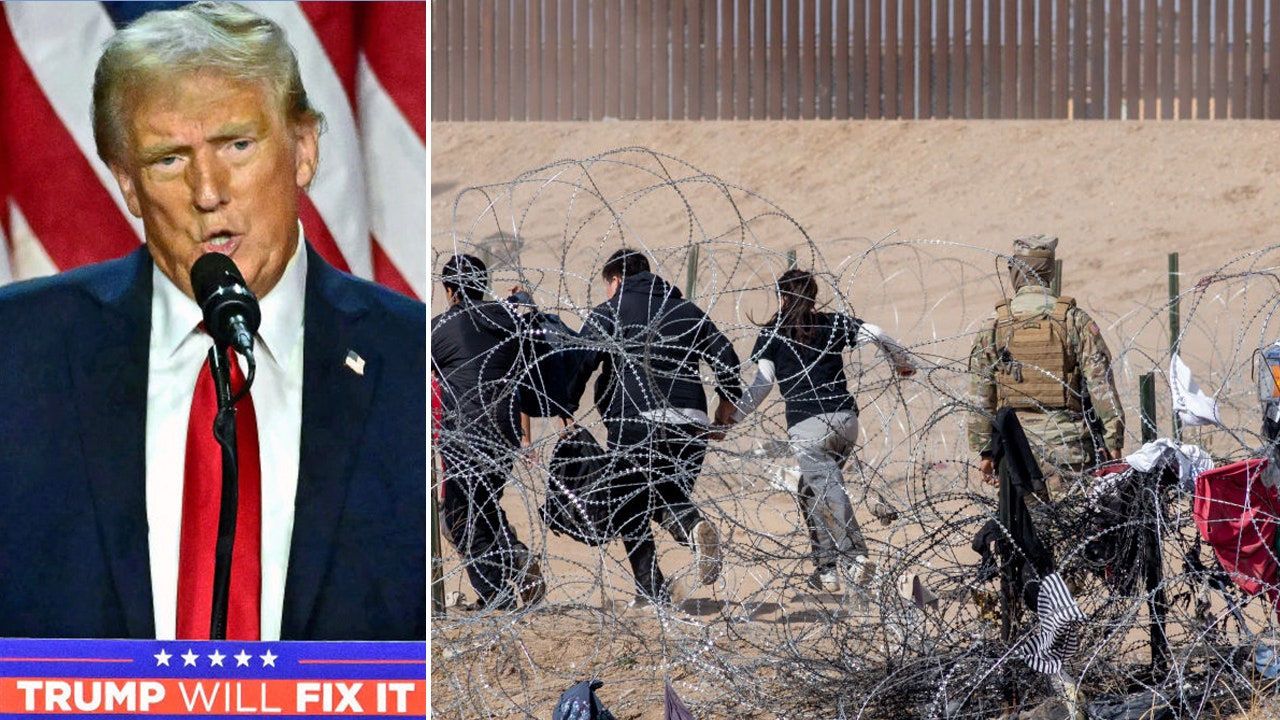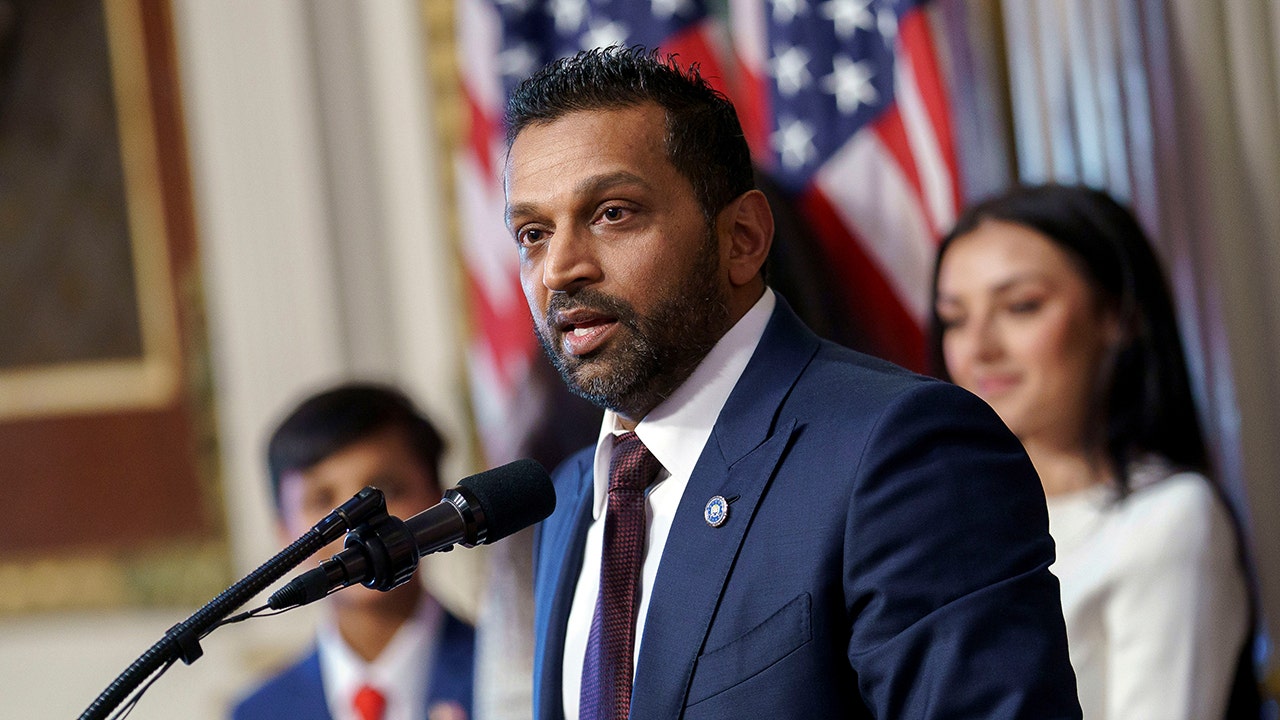A brutal sell-off on Wall Street resumed on Thursday as banks and investors warned Donald Trump’s tariffs could tip the US into recession even as the president stepped back from a full-blown trade war.
The S&P 500 dropped 3.5 per cent in another day of turbulent trading and a sharp turnaround from the previous session’s 9.5 per cent surge. Wall Street’s benchmark share index is down 6.1 per cent for April.
The tech-heavy Nasdaq Composite dropped 4.3 per cent after its best day since 2001. In currency markets, an index of the dollar against half a dozen peers tumbled 1.9 per cent, as the rush from US assets sent the Japanese yen, euro and UK pound rallying.
Markets had soared on Wednesday after Trump paused by 90 days the steep “reciprocal” tariffs on a swath of countries. The gains were a reprieve from the heavy selling across US markets, which had this week seeped into the $29tn Treasury market, the bedrock of the financial system.
But Wall Street banks and investors said the president’s decision to hoist duties on Chinese imports as high as 145 per cent and keep in place a 10 per cent universal tariff still presented a serious risk for the US economy.
“Combined with the ongoing policy chaos on trade and domestic fiscal matters, along with the still-large losses in equity markets and hit to confidence, it remains difficult to see the US avoiding recession,” JPMorgan said.
Goldman Sachs said it was “too early for the ‘all clear’” and warned that “while some immediate tail risks have been reduced, policy uncertainty remains very high and is likely to weigh on consumer and business activity”.
US Treasuries faced a burst of selling on Thursday, with the yield on the benchmark 10-year note up 0.11 percentage points at 4.41 per cent, leaving it roughly 0.1 percentage points below the week’s highs.
Krishna Guha, vice-chair of Evercore ISI, said: “Today’s trading has seen a rare, ugly and worrying combination of market moves with the dollar, bonds and equities lower amid renewed volatility and stress cross-asset markets.”
Markets remained under heavy pressure as Trump held a televised cabinet meeting in the White House. Treasury secretary Scott Bessent, answering a reporter who asked about the slide in markets, said, “I don’t see anything unusual today.” He answered the question after Trump said he had not seen the markets on Thursday.
Trump said about China: “We would love to be able to work a deal. They’ve really taken advantage of our country for a long period of time.” He also said he was prepared to bring back the broad reciprocal tariffs if other countries declined to forge new trade deals with Washington.
China on Thursday imposed its additional 84 per cent tit-for-tat tariffs against the US as planned, bringing its total levy on American imports to more than 100 per cent. President Xi Jinping signalled he would not back down from the escalating trade war, but Beijing made no immediate move to match Trump’s even higher rate.
“If you want to talk, the door is open, but the dialogue must be conducted on an equal footing on the basis of mutual respect,” said China’s commerce ministry. “If you want to fight, China will fight to the end. Pressure, threats and blackmail are not the right way to deal with China.”
The renminbi weakened to its lowest level since 2007 in the latest sign Beijing is willing to tolerate gradual depreciation in response to US tariffs.
Fears of the widening trade war between the world’s two biggest economies also drove oil prices lower again on Thursday, with international benchmark Brent settling down 3 per cent at $62.33 a barrel. West Texas Intermediate settled at $60.07 — a price that will threaten the country’s prolific shale sector, analysts have said.
The trade dispute with China, the world’s biggest exporter, has boosted the average US tariff on imports from the Asian country to 134.7 per cent, according to the Peterson Institute for International Economics.
A separate analysis from the Yale Budget Lab said American consumers now face a tariff rate of 27 per cent, the highest level since 1903, when taking into account US tariffs and those imposed against America.
Uncertainty over Trump’s trade policies and objectives was likely to “beset markets and macroeconomic outlooks in the months and quarters ahead”, added Bill Campbell, global bond portfolio manager at DoubleLine.
“Overhanging uncertainty on tariffs will complicate business decision-making with respect to strategic issues such as where to maintain or relocate production facilities; cyclical issues such as the management of payrolls and lay-offs; and [capital spending].”
Reporting by Kate Duguid, Will Schmitt, Harriet Clarfelt and George Steer in New York and Steff Chávez and Aime Williams in Washington

